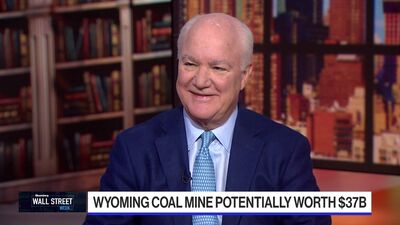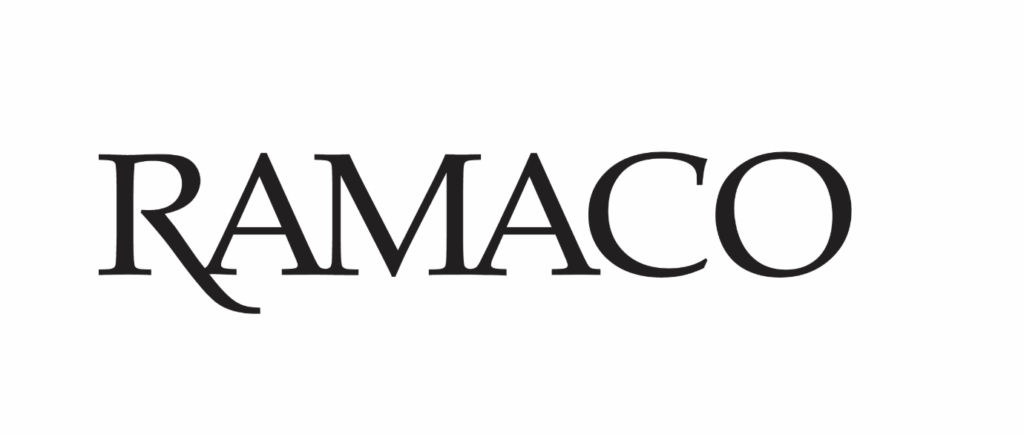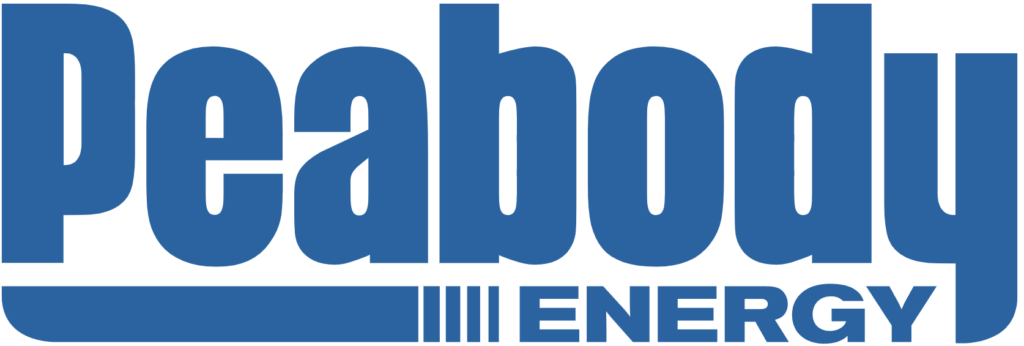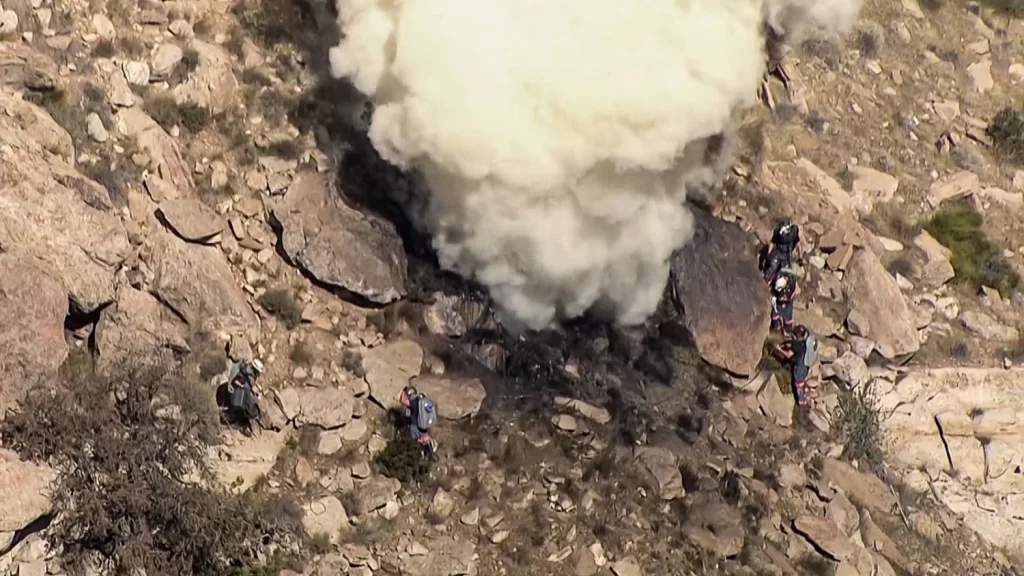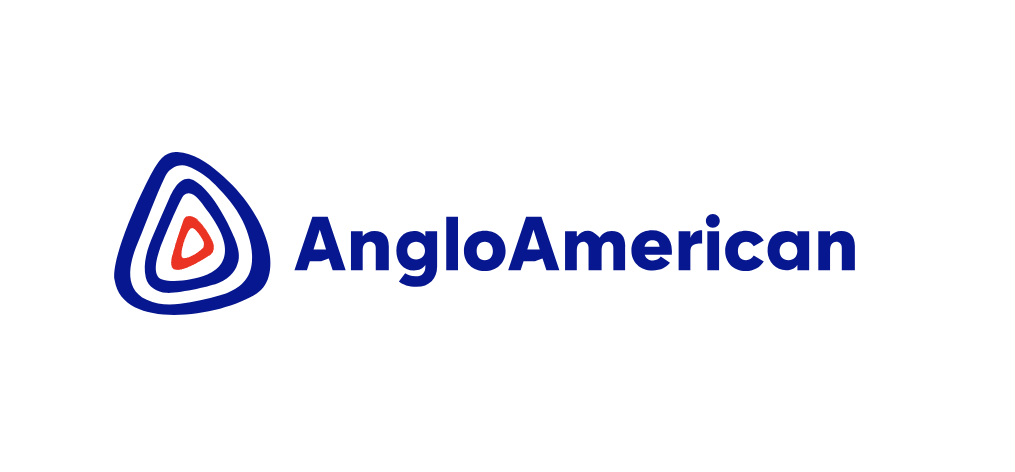Randall Atkins is a founder and chief executive of metallurgical coal producer Ramaco Resources. He also has been involved in energy-related investment and financing activity for over 40 years. In this Q&A, edited for length and clarity, he discusses effects from the Francis Scott Key bridge collapse, his outlook for coal and the company’s research projects.
What effect has the Key bridge collapse and Port of Baltimore closing had on Ramaco and the US coal industry in general?
Like most things of that tragic nature, it is going to take longer than everyone expects to actually solve the problem.
I think where it is going to impact producers probably more is on the rails. There will be a need for…producers to rearrange stockpiles and to rearrange where they are going to try and ship, even at reduced levels. Particularly, CSX is going to have an immense logistical complexity to deal with over the near-term.
We do not ship from Baltimore. We have not seen any problems, knock on wood, with our rail shipments post the incident.
What are your long-term projections for metallurgical coal given expectations that low-volatile coal reserves will shrink in coming decades and the steel industry could be in oversupply?
Low vol coal has traditionally been the highest priced coal and the dearest, if you will. High vol A coal has over the last few years grown in importance, and to the extent that there is any new increase in production in the US, it’s high vol. What we perceive is that there is going to be a crowding in the high vol space. As a result, our increase in production is primarily in low vol.
As far as the demand side is concerned, we do not believe that blast furnace steel demand is going to decline anytime soon. There’s a lot of noise from the green community that hydrogen is going to replace coal in blast furnaces. We took some advice on that from the IEA…and when that question was posed (to IEA), the answer that was given was it would take about $1.5 trillion to build a pilot plant using hydrogen by 2035 and probably about another equal or greater sum to build a commercial facility by 2040. So, I don’t lose a lot of sleep on the demand for coal for blast furnaces.
What I do see shifting, however, is the US has held relatively steady at about 20mn short tons (18.1mn metric tonnes) of met coal demand over the last 10 to 15 years. The growth is clearly overseas, and the growth is clearly at the moment in Asia.
When we started back in 2017, and 2018 was really our first year of production, we predominantly sold coal domestically; I think 80pc of our coal went to US steel mills. Now that is almost reversed. We’re going to sell probably this year, 70pc overseas, and about a third or less domestically.
With Europe moving towards electric arc furnace technology and significant new blast furnace capacity coming online in Asia, what kind of role will the US play as a coal supplier over the coming years?
It is cheaper to use a blast furnace than electric arc. And the steel that they (Asian companies) mostly require is the heavier steel for cars and buildings and things of that nature. So, they have a bias towards blast furnace capacity.
The US and Europe are very developed economies that are trying to go and wean away from coal, (while) the rest of the world is aggressively moving further into coal. People will shake their heads at the cost that European and American consumers will start to have to pay for that privilege.
We see market growth is still there, but it’s a different kind of growth. It will be more in the Asian markets, predominantly some in Europe, some in South America and Africa.
The low vol coal demand in Asia is extremely strong because while they are able to buy high vol product from Australia very inexpensively, they do not have the low vol production. They need that to blend up to get the proper mix in their blast furnaces. There is a very good future for low vol, and that is the direction we are positioning ourselves.
How confident is Ramaco about securing its investments in the longer run given the emphasis on ESG?
What I see is sort of a dichotomy.
In the thermal coal business, there’s not a lot of investment in new mining there for the obvious reason that their customer base is declining.
On the met side, it is a bit shortsighted from an investment standpoint because of the composition of the ownership of met coal companies. Virtually every major metallurgical coal producer except for us went through bankruptcy and post-bankruptcy proceedings. Their board composition became essentially distressed debt investors…Their interest was not developing a long-term coal company. Strategically their vision was: “How can we most quickly get money back out of that coal company?”
We are certainly the only coal company that is doubling in size. We produced a little under 4mn st last year. We will be at about 4.5mn st this year. We can maybe go higher, depending upon the market. The market is not strong right now.
The other issue (for coal producers) even when they weren’t doing special dividends, is they’ve now shifted to doing large-scale share buybacks.
You are starting to see the cost curve increase for most domestic coal producers. What you haven’t seen, but I think you will probably find over the next probably 18 to 24 months, is you will begin to see depletion kick in. The amount of coal that they are able to produce from their existing operation will begin to decline. And that is strictly a result of not investing in new mine production.
My approach was to kind of be a little bit of an outlier and then approach coal to products as an alternative use, certainly for thermal coal. And that, of course, brought us to rare earth (mineral extraction).
Do you have funding for Ramaco’s rare earth materials projects?
Let me step back one step.
We introduced the idea that we actually had rare earth (deposits) in May 2023….When we sent the samples to be tested, they tested them as if they were hard minerals. In other words, they did not combust off the organic material. What we have done since then, is we went back and we had samples that were probably 200-300 parts per million. From a commercial standpoint, we have kind of crossed the Rubicon that this is indeed sufficiently concentrated that it makes commercial sense. Now what we are doing is we are going through a process of further chemical analysis and testing to determine what is the best extraction and refinement technique.
And the last point you raised was financing. We have a very nice growing mining metallurgical business, which can provide the funding to do whatever we want to do on rare earth. I am not too concerned about our financing capability.
Any updates on your coal-to-carbon product projects?
We have looked at a number of different things with the national labs. We started looking at carbon fiber, which could be made from coal and we have got some patents around some very interesting processes.
The areas that we are now focusing on…are using coal to make synthetic graphite. The other thing we are working on is using coal for direct air capture.
We are considering going into a pilot phase sometime starting later this year with Oak Ridge National Laboratory on a synthetic graphite plant. As far as direct air capture, we probably have more work to do. We are also working on that with Oak Ridge. But I would hope that sometime by 2025, certainly 2026, we would perhaps have our first product, quote unquote, to be able to offer into the market. And it would be delightful if it was synthetic graphite.
By Elena Vasilyeva, Argus Media

